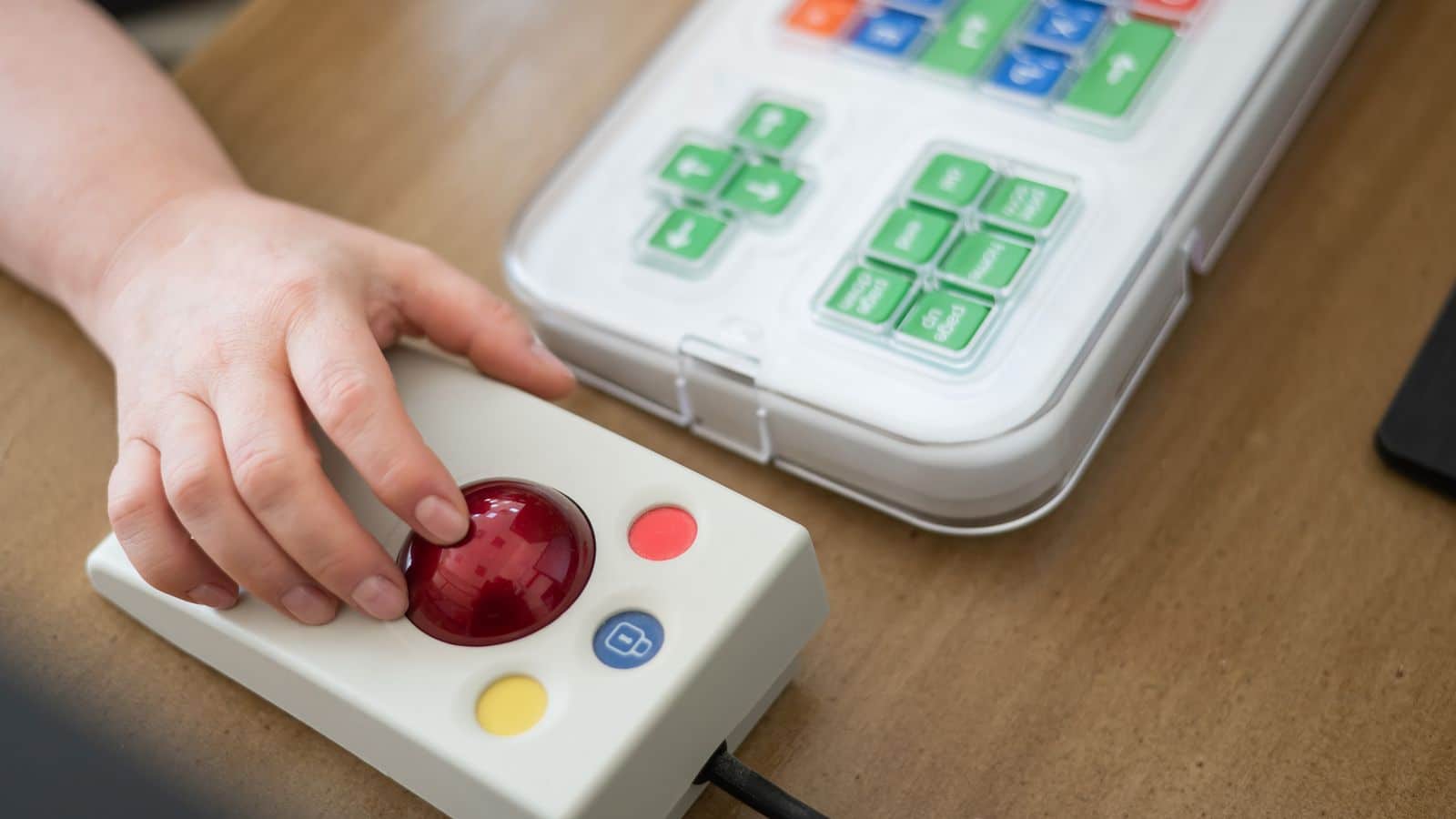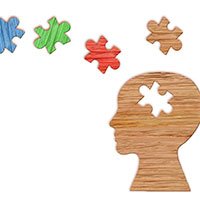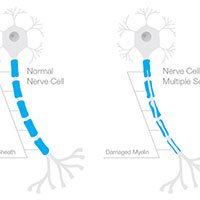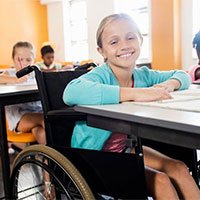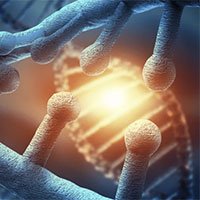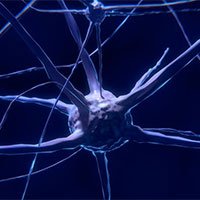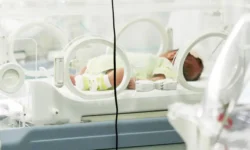Cerebral Palsy can interfere with the body’s ability to carry out commands coming from the nervous system. How Cerebral Palsy affects the nervous system depends on the type and severity of the Cerebral Palsy and whether there are other co-existing conditions.
This information was compiled from medical journals, non profit support organizations, and experts who study Cerebral Palsy.
Read more to learn about how Cerebral Palsy can affect the nervous system.
The Nervous System
The nervous system is divided between the central nervous system (CNS), the peripheral nervous system (PNS), and the Autonomic Nervous System (ANS).
The CNS is made up of the brain, spinal cord, and nerves. The PNS is made up of the sensory neurons, ganglia, and nerves that connect the CNS to the arms, hands, legs and feet. And the ANS is made up of nerves that connect the CNS to the lungs, heart, stomach, intestines, bladder, and sex organs.
Together, the nervous system controls the body’s voluntary and involuntary processes and movements. Examples of involuntary processes would be your heart beating, your rate of breathing, and your eyes blinking. Examples of voluntary movements could include walking, throwing a ball, or typing a text message.
To make these voluntary and involuntary actions happen, synapses in the brain communicate through the nervous system to send commands and receive sensory feedback. You can think of the nervous system like a highway of information flowing to and from the brain controlling the body.
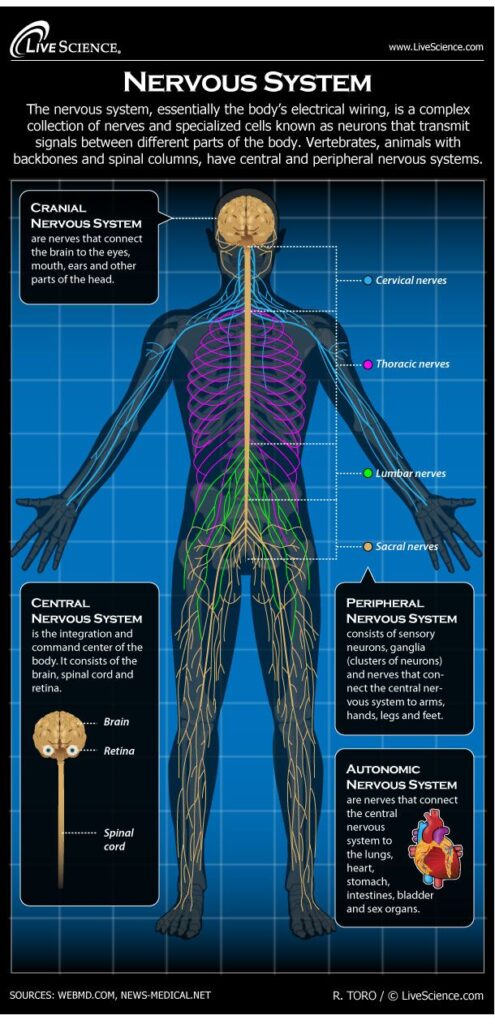
Cerebral Palsy Injuries
Cerebral Palsy is a broad range of muscle and movement disorders. The cause of CP can vary, and includes lack of oxygen to the brain, infections, head injuries, head trauma and more. Sometimes the injury that causes Cerebral Palsy can also cause other conditions.
Cerebral Palsy (and other co-existing conditions) can affect:
- One side of the body or both sides
- Both arms or both legs
- Only one arm or leg
- Both arms and both legs
There are four types of Cerebral Palsy: spastic, ataxic, athetoid, and mixed. Each of these four types affects the body in different ways. Depending on the type of CP the muscles in the person’s limbs may be too stiff or too loose. In other types of CP, the person may jerk or tremor uncontrollably. Or, the person may struggle with balance and coordination.
In summary, Cerebral Palsy and other co-existing conditions can affect the nervous system by impairing:
- Mobility
- Coordination
- Balance
- Speech
- Hearing
- Vision
- Seizures
- Pain
- Eating
- Breathing
How and how much the nervous system is affected depends on the severity of the Cerebral Palsy and whether there are other co-existing conditions.
Sources:
Multimedia Encyclopedia – Penn State Hershey Medical Center – Cerebral palsy – Penn State Hershey Medical Center. (2020). Pennstatehershey.adam.com. Retrieved 23 January 2020, from https://pennstatehershey.adam.com/content.aspx?productId=117&pid=1&gid=000716
Contributor, K. (2018). Nervous System: Facts, Function & Diseases. livescience.com. Retrieved 23 January 2020, from https://www.livescience.com/22665-nervous-system.html
Contact a Cerebral Palsy and Birth Injury Attorney
Getting help for a child with a birth injury can make a big difference. Early intervention and early treatment is often key to helping improve a child’s wellbeing. You must act quickly.
If you have questions about whether your child’s birth injury was caused by a preventable medical error, then our attorneys at Brown Trial Firm may be able to help.
Case Review at No Cost or Obligation
If you would like help investigating your child’s birth injury, please contact us. Our birth injury attorneys will be happy to give you a free case evaluation. We can also point you to great non-legal resources that can help you figure out your next steps.
Many birth injuries that cause cerebral palsy could have been prevented. Don’t wait, get help today. Call +1 (866) 393-2611, email us at [email protected], or use the live chat button for 24/7 assistance.
Learn how adaptive equipment and assistive technology can improve the lives of kids with cerebral palsy and other birth injuries.
Approximately 30-50% of children with CP do have some form of mental impairment that will affect learning. Others face by physical barriers to learning.
In this article we discuss the factors that can affect the quality of life and the life expectancy of a person with cerebral palsy.
What’s the difference between Cerebral Palsy and Multiple Sclerosis? The conditions may seem similar, but are completely different! Read on to learn more.
In this post, we will cover how Cerebral Palsy may or may not affect a child’s intelligence and how to determine if a child may have intellectual impairments.
An occupational therapist can help people affected by cerebral palsy at all ages and capabilities to live a more fulfilling and independent life.
In this post, we discuss whether Bone Marrow Mononuclear Cells (BMMC) stem cells can be used to treat Cerebral Palsy.
Cord blood banking saves precious stem cells that can save lives and further research toward cures for diseases including birth injuries such as HIE and Cerebral Palsy.
Cerebral Palsy can interfere with the body’s ability to carry out commands coming from the nervous system.
